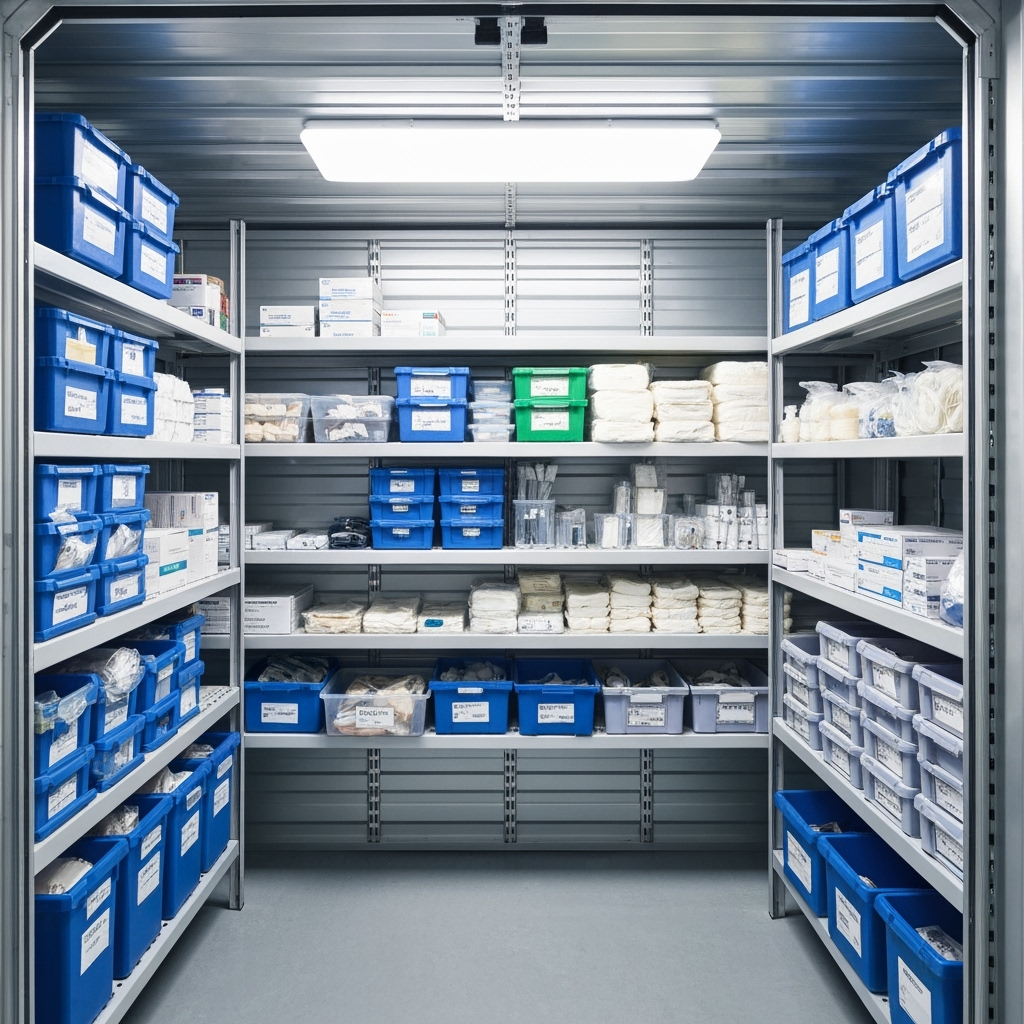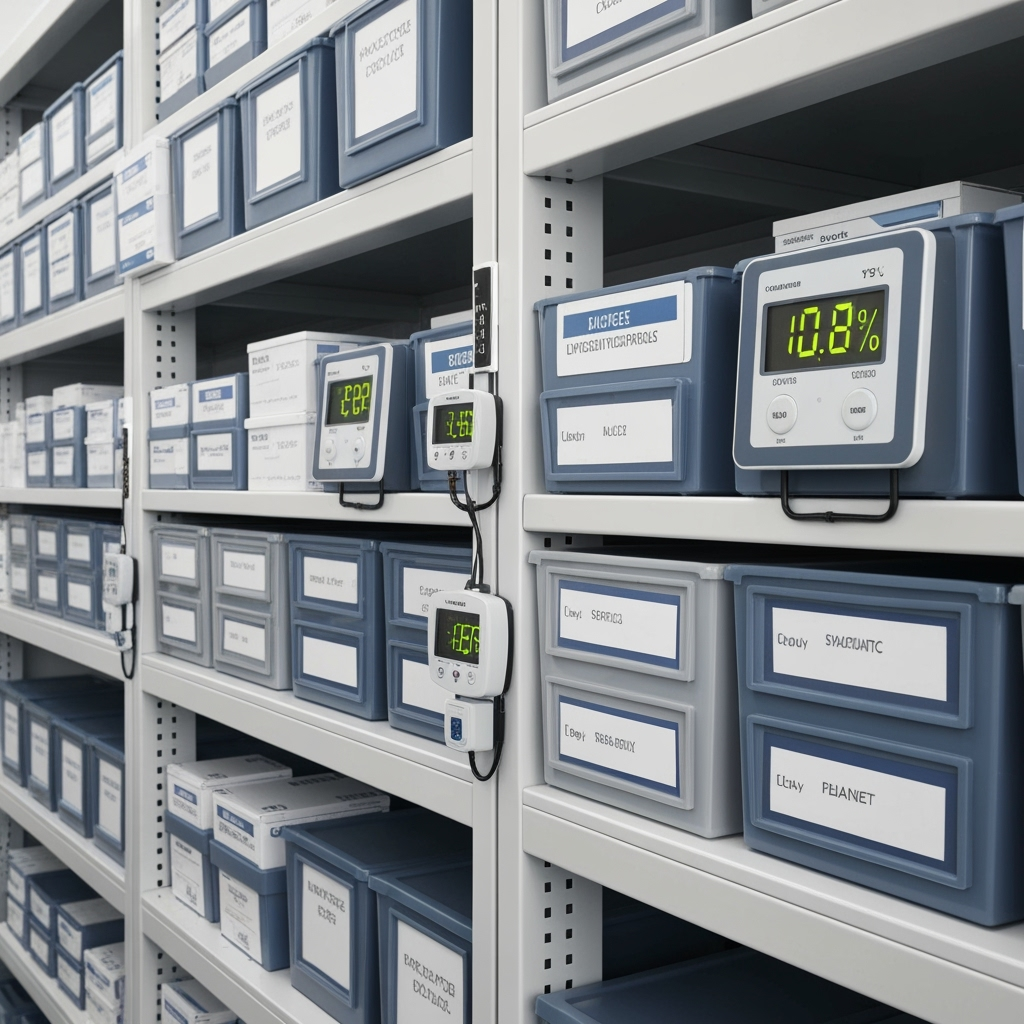
Introduction: The Critical Nature of Medical Supply Storage
For healthcare providers and medical supply businesses, proper storage of temperature-sensitive medical supplies is not just about organization—it’s about maintaining the integrity, efficacy, and safety of essential medical items. This comprehensive guide explores the crucial aspects of climate-controlled storage solutions specifically designed for medical supplies.
Understanding Temperature Requirements for Medical Supplies
Different medical supplies require specific temperature ranges for optimal preservation:
- Pharmaceuticals: Usually require storage between 68-77°F (20-25°C)
- Diagnostic Equipment: Often needs consistent temperatures between 59-86°F (15-30°C)
- Sterile Supplies: Best maintained at temperatures below 75°F (24°C) with controlled humidity
- Temperature-Sensitive Solutions: May require precise temperature maintenance within specific ranges
Benefits of Climate-Controlled Storage for Medical Supplies
Professional climate-controlled storage offers several advantages for medical supply preservation:
- Consistent Temperature Management
- Humidity Control
- Protection from Environmental Factors
- Enhanced Security Features
- Compliance with Storage Regulations

Setting Up Your Climate-Controlled Storage Space
Essential Equipment and Features
To maintain proper storage conditions, ensure your space includes:
- Temperature Monitoring Systems
- Humidity Control Devices
- Proper Ventilation
- Emergency Backup Systems
- Security Measures
Organization and Accessibility
Implement these organizational strategies for optimal efficiency:
- Clear Labeling Systems
- Inventory Management Software
- First-In-First-Out (FIFO) Rotation
- Emergency Access Protocols
- Regular Inventory Checks
Compliance and Documentation
Maintain proper documentation for:
- Temperature Logs
- Humidity Records
- Inventory Lists
- Maintenance Schedules
- Emergency Procedures
Best Practices for Long-Term Storage
Follow these guidelines for optimal long-term storage:
- Regular Environment Monitoring
- Scheduled Maintenance Checks
- Updated Inventory Systems
- Emergency Response Plans
- Staff Training Programs
Emergency Preparedness
Creating a Backup Plan
Develop comprehensive contingency plans for:
- Power Outages
- Equipment Failure
- Natural Disasters
- Temperature Fluctuations
- Emergency Access
Cost Management and Efficiency
Optimize your storage investment through:
- Energy-Efficient Systems
- Space Optimization
- Regular Maintenance
- Inventory Management
- Staff Training
Conclusion: Ensuring Medical Supply Integrity
Proper climate-controlled storage is essential for maintaining the quality and efficacy of medical supplies. By implementing these professional guidelines and best practices, healthcare providers and medical supply businesses can ensure their valuable inventory remains safe, compliant, and ready for use when needed.
Remember that successful medical supply storage requires ongoing attention to detail, regular monitoring, and commitment to maintaining proper conditions. With the right setup and management practices, your climate-controlled storage solution can provide reliable protection for your essential medical supplies.










Leave a Reply